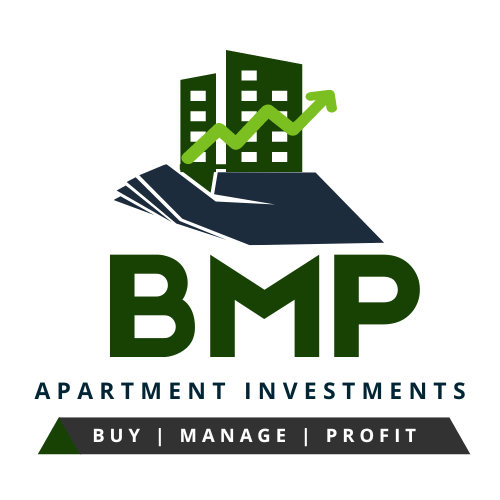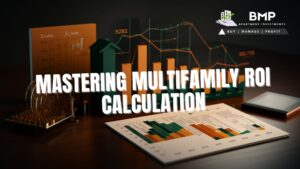In the realm of multifamily real estate investing, the 1031 exchange stands as a powerful mechanism that can potentially unlock significant tax advantages and foster substantial portfolio growth. As investors seek ways to optimize their returns and expand their holdings, understanding the intricacies of the 1031 exchange becomes paramount. In this comprehensive guide, we delve into the nuances of the 1031 exchange, explore its advantages, and provide strategic insights to leverage this tax-deferral tool effectively.
Decoding the 1031 Exchange: A Deep Dive
At its core, a 1031 exchange is an IRS-sanctioned provision that enables investors to defer capital gains tax when exchanging one investment property for another of “like-kind.” The term “like-kind” can be deceptive; it encompasses a broad range of real estate properties, such as apartment complexes, commercial buildings, and industrial facilities. However, the 1031 exchange does not apply to personal residences.
The Mechanics of a Successful Exchange
To execute a seamless and profitable 1031 exchange, investors must follow specific steps and adhere to strict timelines:
1. Identifying the Replacement Property: Within 45 days of selling the relinquished property, investors must identify potential replacement properties. The IRS allows two identification options: the Three-Property Rule (listing up to three properties, regardless of value) and the 200% Rule (identifying any number of properties as long as their combined value does not exceed 200% of the relinquished property’s value).
2. Closing on the Replacement Property: After identifying the potential replacement property, investors have 180 days from the sale of the relinquished property to complete the acquisition of the replacement property. This timeframe is non-negotiable and requires meticulous planning.
Advantages of Leveraging a 1031 Exchange
The 1031 exchange offers a myriad of advantages, each contributing to enhanced investment opportunities and greater financial growth:
1. Tax Deferral and Cash Flow Optimization: By deferring capital gains tax, investors can reinvest their entire sales proceeds into a new property, thereby maximizing their cash flow potential and bolstering long-term returns.
2. Portfolio Diversification and Risk Mitigation: The 1031 exchange enables investors to explore different real estate markets and property types, reducing concentration risk and strengthening the resilience of their investment portfolio.
3. Leveraging Equity and Value Appreciation: Investors can leverage the exchange to upgrade to higher-value properties with greater appreciation potential, compounding their equity and wealth over time.
4. Flexibility with Replacement Properties: The “like-kind” requirement allows investors to exchange properties of varying sizes and features, giving them the flexibility to customize their portfolio based on their investment goals.
Strategies for a Successful 1031 Exchange
To maximize the benefits of a 1031 exchange, investors can employ several strategic tactics:
a. Diligent Planning and Proactive Approach: Thorough preparation and early identification of potential replacement properties are essential for a successful exchange. Investors should anticipate market conditions and property availability to optimize their selection.
b. Engaging a Qualified Intermediary (QI): Partnering with a reputable QI is vital to navigate the exchange process smoothly. A QI acts as an impartial facilitator, ensuring compliance with IRS regulations and safeguarding the exchange funds.
c. Embracing the Power of Reverse and Improvement Exchanges: Investors can explore advanced exchange techniques, such as a reverse exchange (acquiring the replacement property before selling the relinquished property) or an improvement exchange (using exchange funds to upgrade the replacement property).
Conclusion: Unleashing the Full Potential of the 1031 Exchange
In the dynamic landscape of multifamily real estate investing, the 1031 exchange serves as a catalyst for success, offering investors an avenue to unlock significant tax advantages and propel their portfolio growth. However, mastering this intricate tax-deferral tool requires a comprehensive understanding of the process, careful planning, and strategic execution. Engaging experienced tax advisors and legal professionals is crucial to tailor the 1031 exchange strategy to individual investment goals and to ensure adherence to IRS regulations. With a well-informed approach and a proactive mindset, multifamily real estate investors can harness the true potential of the 1031 exchange, driving their financial journey to new heights of prosperity and wealth accumulation.











